“You can’t see me from where I look at myself.” Francesca Woodman
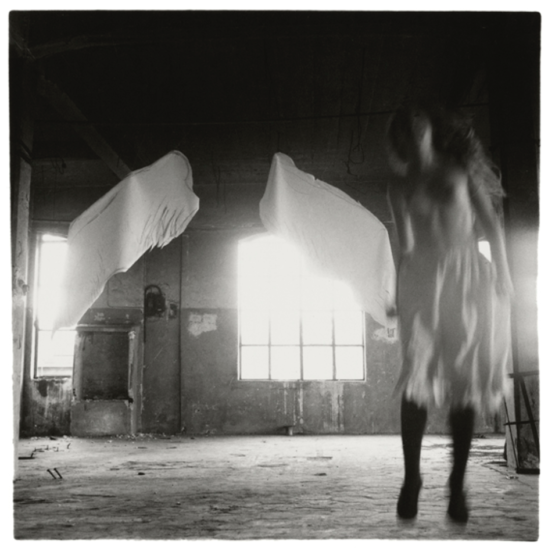
Francesca Woodman is a meteorShe crossed the sky of the history of photography, illuminated it for the time of her short life, and left to join the angels, whom she had already met during her lifetime.
Today’s episode will be devoted to him.
Francesca Woodman was born on April 3, 1958 in Denver into a family of Colorado artists. She was 13 years old when her father gave her a camera. Sitting on the sofa in the living room of her house in Boulder, she then creates a self-portrait of a very surprising originality for her age.. With her head turned, she only shows her medium-length hair and is soberly dressed in a sweater and jeans. She’s there but she’s not.
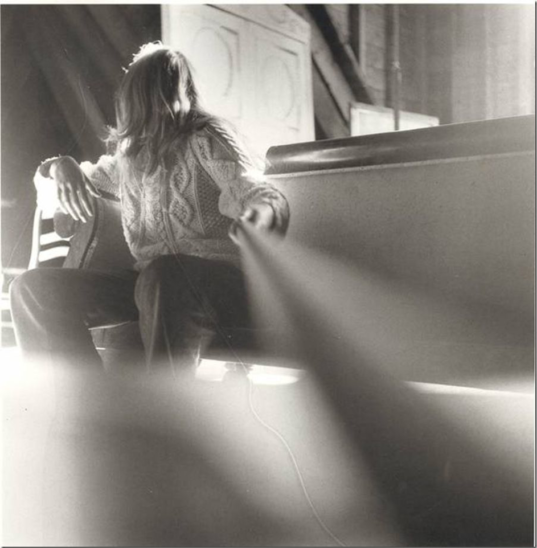
The foundations of his work are already apparent in this first photograph. She’s a young girl eager for others, for knowledge. Precocious in all things, she is a scholar who immerses herself in classical and contemporary art.
After high school, in September 1975, she entered the prestigious Rhode Island School of Design, a prestigious American art school.. There’s the photographer. Aaron Siskind as a teacher, who influences him in the way he renders the texture of materials. She is also inspired by the disturbing use of the masks of Ralph Eugene Meatyard. It was at this school that she obtained a scholarship that enabled her to spend a year in Rome in 1977. Marked by surrealism, she blackened sketchbooks of antique works there. She also produced numerous series there, and this experience enabled her to land her first solo exhibition at the Librairie-Galerie Maldoror in March 1978.
Back in the United States, after graduation, she moved to New York to “make a career as a photographer.” (as she puts it), and in the summer of 1980, she entered the Mac Dowell Colony in Peterborough, New Hampshire.
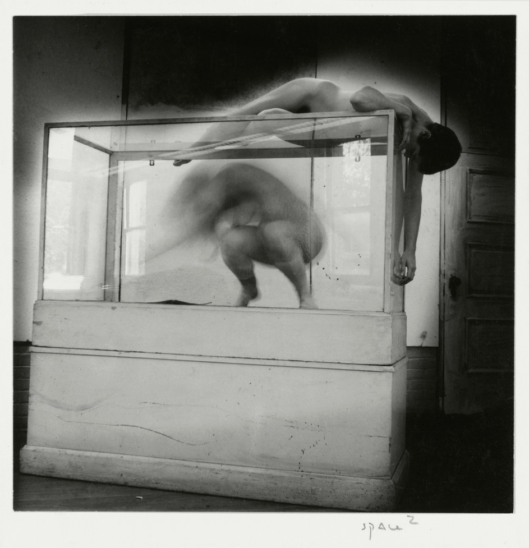
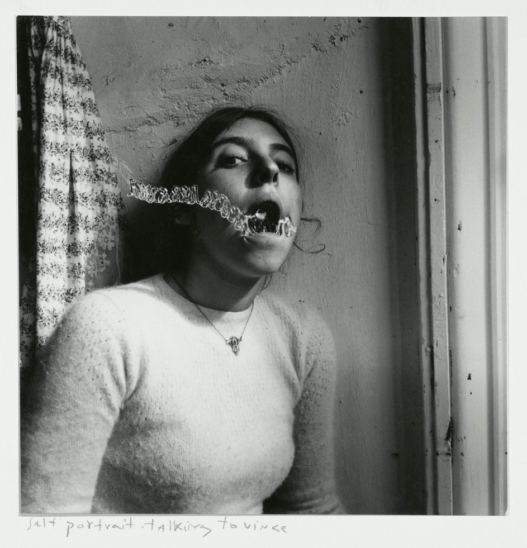
Shortly afterwards, she became depressed due to the failure of her job and following a break-up with her love life. She survived a suicide attempt in the fall of 1980, after which she went to live with her parents in Manhattan.
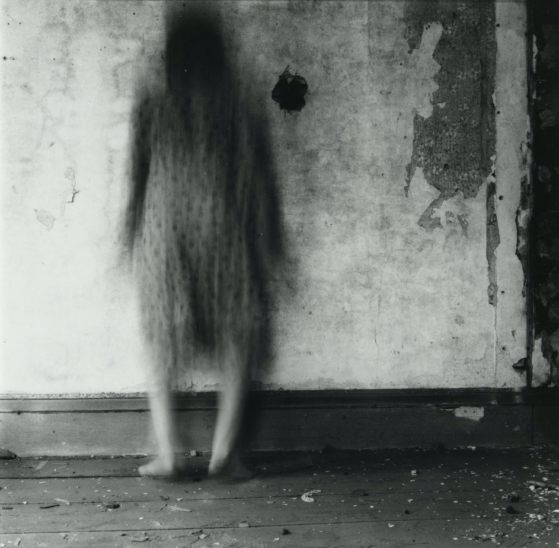
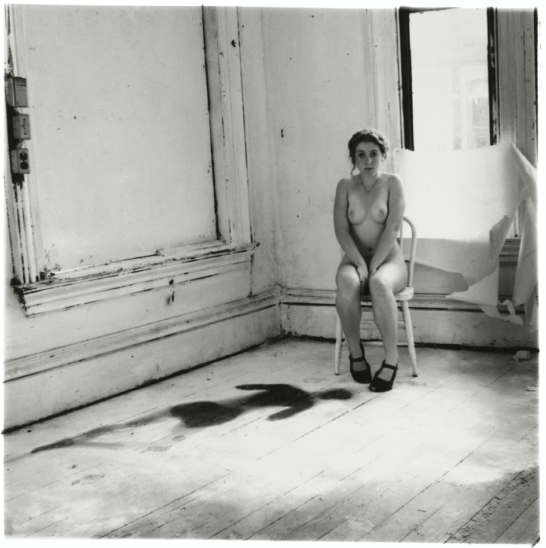
In 1981, a few days before she killed herself, her pamphlet was published Some Disordered Interior Geometries that reads like the diary of a disturbed young girl. It’s the only book she’s ever published and it’s now a collector’s item, which collectors are tearing up in the auction room….
Francesca Woodman decided to take her own life on January 19, 1981 at the age of 22.She was a young woman, who had to leave her New York East Side apartment, leaving behind a short, but dense work (more than 800 prints made by her).
His father speculated that the suicide was due to a failure to obtain a scholarship from the National Endowment for the Arts.
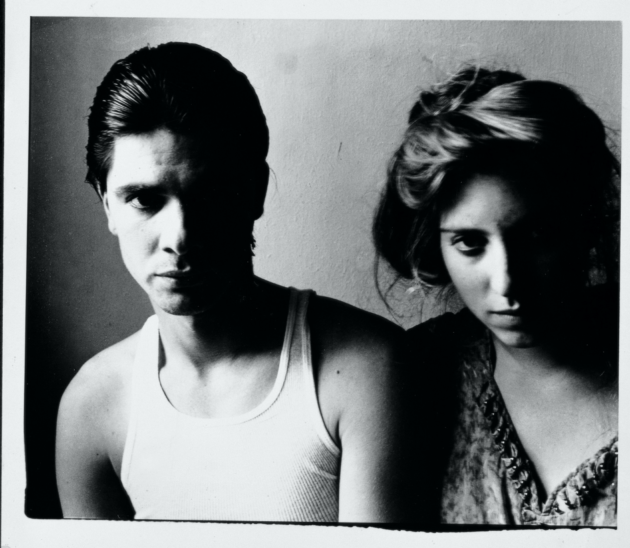
It should be kept in mind that his photographs are those of a high school student, then of a student, and finally of a young woman. Francesca Woodman never considered herself an accomplished artist, even if that’s how she is perceived today.with the hindsight of the time and history that have done their work. Many of her photos bear witness to real trial and error, those of an art student recomposing in the manner of the masters.
The photographer has invented a world for herself, from which a beauty, a lightness, and an energy of her own emerges. His photographs represent his body, most often naked, in movement, sometimes blurred to the point of dissolving into the photograph.
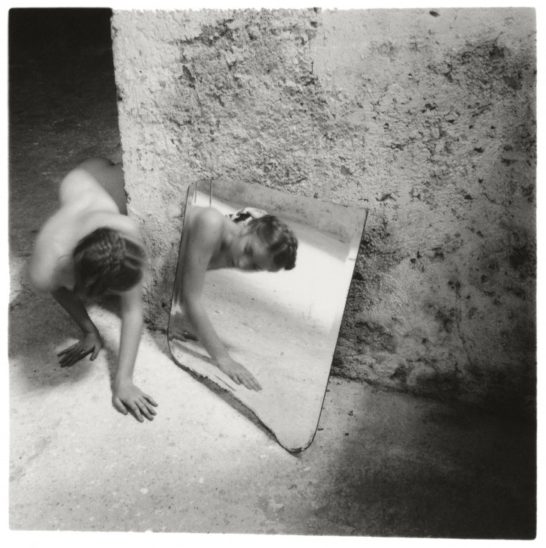
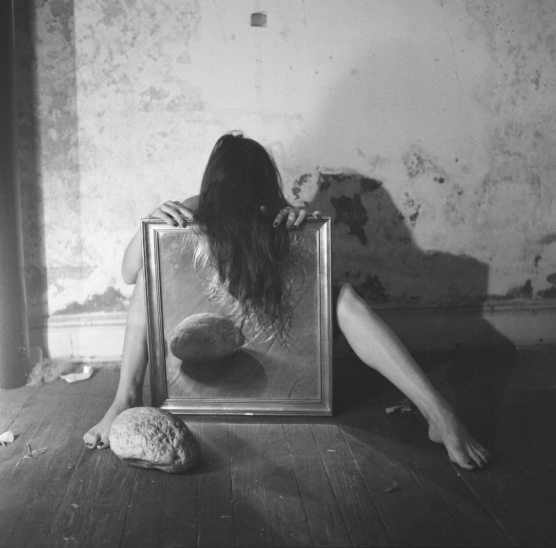
In interior spaces doomed to demolition, she wanders between broken mirrors, abandoned objects, and glass plates that reflect reflections illuminated by spectral lights. There, she disappears behind the fireplace. Here, she seeps into the wallpaper, becomes embedded in the walls. Her body is cut by the framing, she’s present and absent, woman and ghost…. Forever elusive. She takes the spectator to places that should be sordid: cemeteries, abandoned houses with tattered tapestries that her body transfigures, it changes the way we perceive these places.
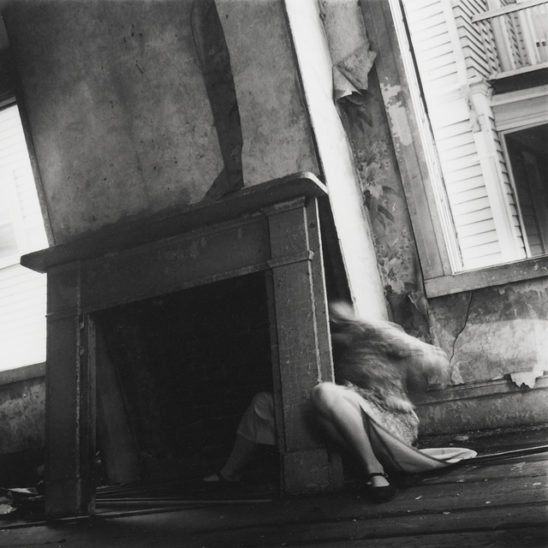
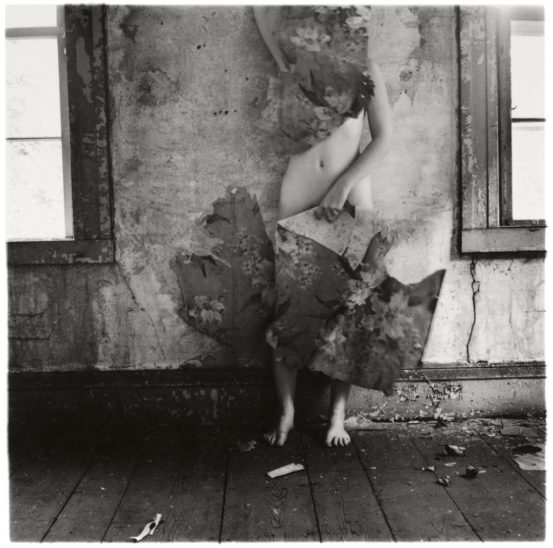
Yes, it is, With a rare sensitivity and gentle insolence, she has managed to infuse the art of self-portraiture with modernity. His body brings grace where there is none. He has the sensual and never sexual beauty of ancient statues carved in marble. This time, it is not the man who takes the nude of the woman as the subject of representation. Seizing the subject, she devotes herself to her own representation, nourished by multiple references to the history of art.. We’re thinking about Cindy Sherman for the identity question, to Helena Almeida for the staging of his own performances, at Duane Michals for the narrative side, poetic annotation.
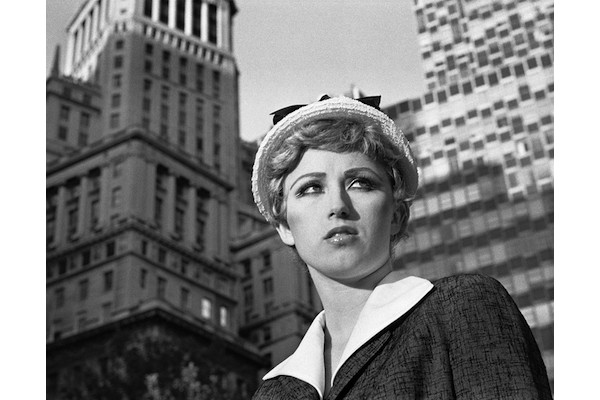
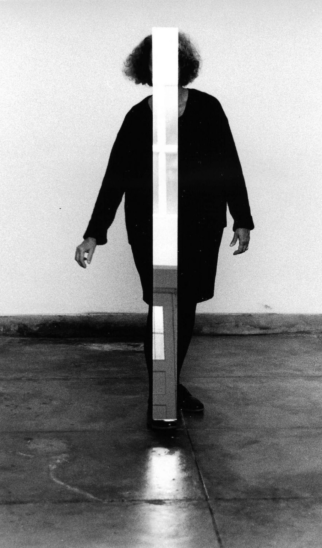
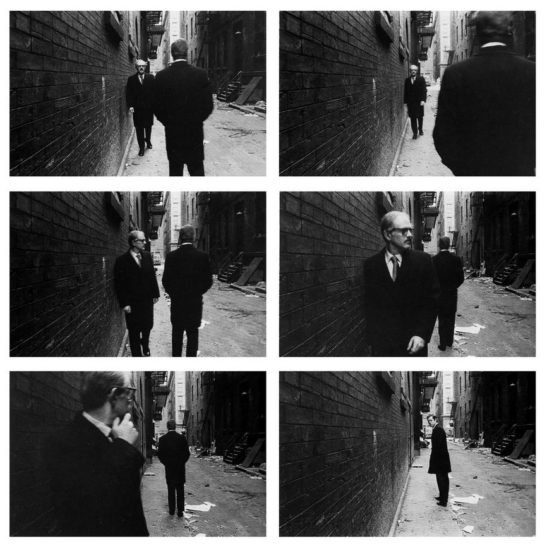
She slips into her images objects dear to the surrealists, such as mirrors, gloves, hands, swans, eels, sexual symbols…. She is a reader of André Breton (mentor of Cartier-Bresson), she is part of the family Man Ray, Claude Cahunand so on and so forth, and all these surrealists.
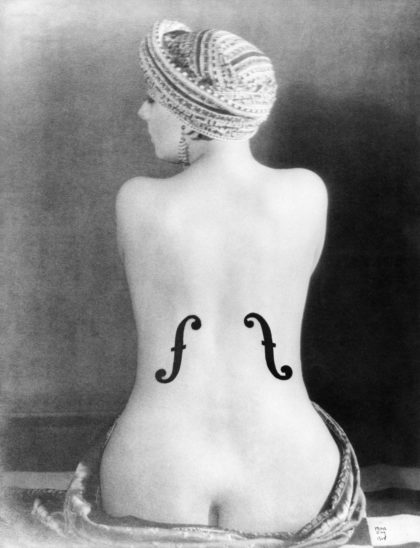
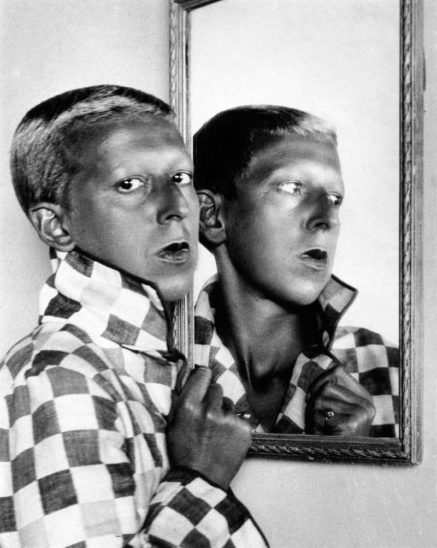
His work is dazzling, rich and very imaginative.. What most immediately characterizes his work is his sincerity, but also a form of immediacy. Here, no snapshots or photographic “do-it-yourself” with graphic effects. Nor is there any attempt to capture reality. The shooting is raw, without unnecessary preparation. The light is not very well worked either.The scene is illuminated by existing sources, often daylight.
Conclusion
From his short but intense work, reduced but saying a lot, I retain only one lesson, the lesson that Francesca Woodman has made her mark in the history of photography: be yourself, first and foremost, and most of all. In her entire career, she has never done anything else, and she has done it with great intensity.
Each photographer is unique in his or her history, tastes and desires.. To be yourself, to be with strength, is to dig this path, the one that will lead you to discover yourself, and to express yourself through photography. Be proud to be you.
Francesca Woodman is part of the photography legend. Its precocity and tragic end help to perpetuate this myth. Even though it never reached the age of 23, it produced thousands of images. His works are part of the collections of international museums such as the Tate Modern in London and the Metropolitan Museum of Art in New York..
The first travelling exhibition of Francesca Woodman’s work dates from 1986 and her main European exhibitions date from the 1990s (La Fondation Cartier and the Rencontres internationales de la Photographie d’Arles were the first to devote a retrospective to her in France, in 1998).
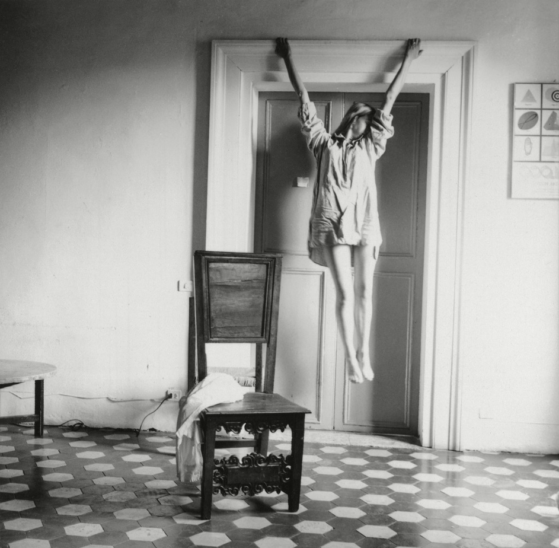
Today, thirty years later, she continues to focus attention on her world and her photographs.. His self-portraits, nudes and stagings are as many questions about his being as reflections on the perception of the body.
It would be easy to start from the tragedy that marked the end of his life and to analyse his entire work through this prism, like the chronicle of a certain death. However, a closer look at her work reveals a young woman with a rare creative energy, and even a certain sense of humour..
I recognize, however, that some images may make you uncomfortable…. She sometimes fixes the objective with intensity and seems to contemplate us with her eternal and youthful presence. And this persistence through her photos haunts the spectator with the gaze of the one who now remains only through her art.
To go further:





Discussion about this post